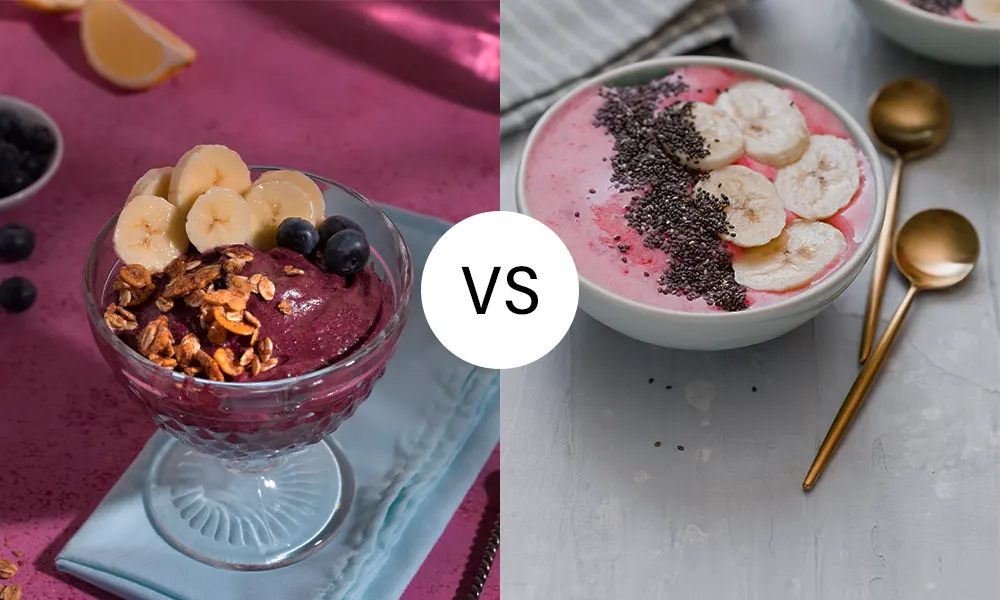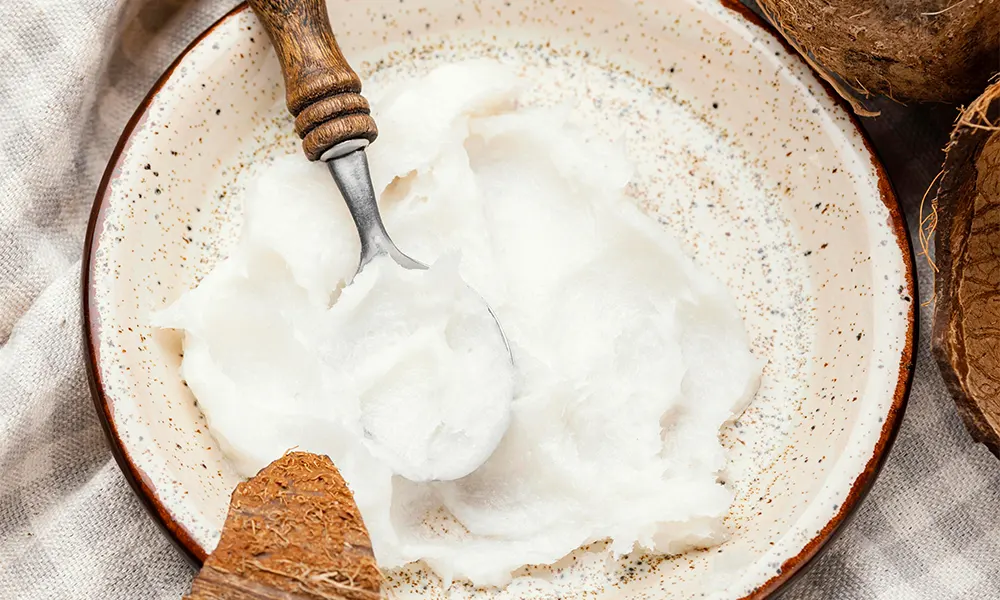Finding a kids yoghurt that pleases a picky eater can feel impossible. One day, they love strawberry, and the next, they refuse to eat anything but vanilla. Add in the concern of sugar content, artificial ingredients, and nutritional value, and the search becomes even more complicated.
As a parent, you want a yoghurt that’s healthy, tasty, and free from unnecessary additives, but how do you know which one to choose? This guide breaks down everything you need to consider when picking a kids yoghurt that even the fussiest eaters will enjoy.
Why Yoghurt is a Great Snack for Kids
Before diving into how to pick the best kids yoghurt, it’s important to understand why it’s such a nutritionally valuable snack. Yoghurt provides:
- Calcium for growing bones
- Probiotics to support gut health
- Protein for sustained energy
- Essential vitamins like B12 and riboflavin
However, not all yoghurts are created equal. Many commercial kids yoghurts contain excessive sugar, artificial flavours, and thickeners that can do more harm than good. Choosing the right one makes all the difference in nourishing your child while keeping their taste buds happy.
What to Look for in a Kids Yoghurt
Choosing the right kids yoghurt can feel overwhelming with so many options on the shelves. Parents want something that is nutritious but also enjoyable for picky eaters. The key is to balance taste, texture, and nutrition while avoiding unnecessary additives.
1. Low Sugar Content
Sugar is one of the biggest concerns in store-bought kids yoghurt. Some varieties contain as much as 15g of sugar per serving, which is more than half of a young child’s daily recommended intake. Excess sugar can contribute to energy crashes, poor dental health, and unhealthy eating habits.
To ensure you’re making a healthier choice:
- Check the nutrition label and look for yoghurts with 5g of sugar or less per 100g.
- Opt for plain or unsweetened yoghurt, then add natural sweetness with fresh fruit, a drizzle of honey (for kids over 12 months), or cinnamon.
- Avoid yoghurts with high-fructose corn syrup, cane sugar, or fruit concentrates listed as one of the first ingredients.
Even yoghurts that claim to be naturally sweetened with fruit purees can have excessive sugar. A quick way to check is to compare brands and opt for those with the lowest sugar content without artificial sweeteners.
2. Natural Ingredients
Kids yoghurt should have a short and simple ingredient list. The best choices include milk, live active cultures, and real fruit. Many commercial brands, however, add unnecessary ingredients to enhance flavour, texture, and shelf life.
What to avoid:
- Artificial colours and flavours – These are used to make yoghurt more appealing but provide no nutritional benefits.
- Preservatives and stabilisers – Ingredients like carrageenan or artificial gums can sometimes cause digestive issues in children.
- Artificial sweeteners – Aspartame, sucralose, and other artificial sweeteners are often found in low-fat yoghurts and can affect taste preferences over time.
The simpler the ingredient list, the better. Plain, natural yoghurt with live cultures and no artificial additives is the healthiest option.
3. Live Cultures for Gut Health
Probiotics are beneficial bacteria that support gut health, digestion, and immunity. These live active cultures naturally occur in kids yoghurt, making it a great addition to their diet, especially for children who experience frequent tummy troubles or constipation.
Look for Lactobacillus and Bifidobacterium strains, as these are particularly beneficial for children’s digestion. Probiotic-rich yoghurt can:
- Improve digestion and reduce bloating.
- Strengthen the immune system, which is especially important for kids in daycare or school.
- Help prevent constipation by promoting a healthy gut microbiome.
Not all yoghurts contain probiotics, so check the label for the words “live active cultures” or specific bacterial strains. The fresher the yoghurt, the more active the cultures are.
4. Full-Fat vs. Low-Fat Yoghurt
Many parents assume low-fat yoghurt is healthier, but for growing kids, full-fat yoghurt is often the better choice.
Here’s why:
- Children need healthy fats for brain development, energy, and overall growth.
- Full-fat yoghurt is more satisfying, helping kids stay full longer and reducing cravings for sugary snacks.
- Low-fat yoghurts often contain more sugar to compensate for lost flavour.
For younger children (under five), full-fat dairy is generally recommended, unless advised otherwise by a doctor. If opting for low-fat yoghurt, make sure it doesn’t contain added sugars or artificial sweeteners.
How to Pick a Yoghurt That Picky Eaters Will Love
Even if you find the healthiest kids yoghurt, it won’t do much good if your child refuses to eat it. Picky eaters often reject foods based on taste, texture, or even how it looks. The key is to find a balance between nutrition and appeal, so your child gets all the benefits of yoghurt without the fuss.
Here’s how to choose a yoghurt that even the pickiest eater will enjoy.
1. Start with Flavours They Already Love
Picky eaters tend to stick to familiar flavours. If your child already enjoys bananas, strawberries, or vanilla-flavoured milk, start there. Plain yoghurt can be too tart for some kids, so easing into it with a familiar flavour helps.
If you want to reduce sugar intake without sacrificing taste:
✔ Blend plain yoghurt with fresh fruit – Bananas, mango, or berries add natural sweetness
✔ Use a small drizzle of honey or maple syrup – Just enough to take the edge off the tartness
✔ Add cinnamon or vanilla extract – Natural flavour enhancers without extra sugar
✔ Swirl in a spoonful of jam or fruit puree – A small amount gives a burst of sweetness
Once your child is used to eating yoghurt, you can gradually decrease added sweeteners to help them enjoy it in its natural form.
2. Get the Texture Right
Texture plays a huge role in whether a picky eater will accept a food. Some kids don’t like thick, spoonable yoghurts, while others dislike the watery consistency of drinkable yoghurt.
To find the best texture for your child:
✔ Try different types – Greek yoghurt is thick and creamy, while traditional yoghurt is smoother and lighter
✔ Blend yoghurt into smoothies – This removes any lumps and makes it easier to drink
✔ Stir in crushed biscuits, granola, or chia seeds – This adds crunch and makes the texture more interesting
✔ Freeze it into popsicles – A great summer treat that feels like ice cream
If your child refuses yoghurt because it feels “slimy” or “too thick,” mixing it into a smoothie, dip, or frozen snack can make it more appealing.
3. Serve It in a Fun and Engaging Way
Presentation matters. If food looks boring or unfamiliar, picky eaters are more likely to reject it before even tasting it. Turning yoghurt into an interactive experience makes it feel like a fun activity rather than just another snack.
✔ DIY Yoghurt Parfaits – Let your child build their own bowl with layers of fruit, granola, and yoghurt
✔ Fun Serving Bowls and Spoons – A brightly coloured bowl or a favourite character spoon can make a big difference
✔ Shape the Toppings – Use cookie cutters to shape fruit into stars, hearts, or animals
✔ Make “Dipping Yoghurt” – Serve yoghurt as a dip with apple slices, pretzels, or crackers
The goal is to make yoghurt part of the fun instead of something they feel pressured to eat.
4. Let Your Child Choose Their Own Toppings
Giving kids some control over their food choices increases the likelihood that they will actually eat it. A great way to do this is by setting up a “yoghurt topping station” with healthy mix-ins.
Great topping options include:
✔ Chopped fruit – Bananas, strawberries, blueberries, mango
✔ Crunchy add-ins – Granola, shredded coconut, crushed nuts
✔ Natural sweeteners – Honey, cinnamon, dark chocolate chips
By allowing kids to pick their own toppings, they become more invested in eating their yoghurt.
5. Make Yoghurt a Regular Part of Their Diet
Picky eaters often reject foods simply because they are unfamiliar. If yoghurt is something they rarely eat, they might push it away out of habit. The more exposure they have, the more likely they are to accept it over time.
✔ Serve it alongside familiar foods – Instead of making yoghurt the main focus, pair it with a favourite snack
✔ Be consistent – Offer yoghurt a few times a week, in different forms, without forcing it
✔ Eat it yourself – Kids are more likely to try foods they see their parents enjoying
Gradual exposure without pressure is key. Some kids need multiple tries before accepting a new food, so keep offering yoghurt in different ways until you find what works best.
Final Thoughts: Finding the Best Kids Yoghurt for Your Picky Eater
Choosing a kids yoghurt that is both nutritious and appealing to picky eaters takes some trial and error. By prioritising low sugar content, natural ingredients, and live cultures, you can ensure your child enjoys a healthy and delicious snack.
Looking for the perfect kids yoghurt? At Yohayo, we offer creamy, probiotic-rich frozen yoghurt that kids love—without unnecessary sugar or additives. Visit our store today to find a flavour that even the pickiest eater will enjoy!
FAQs
1. What’s the best yoghurt for kids with allergies?
For kids with dairy allergies, look for plant-based yoghurts made from coconut, almond, or soy. Always check for allergens like nuts and gluten if sensitivities are a concern.
2. Can I give yoghurt to my baby?
Babies can typically start eating yoghurt around six months old. Choose plain, full-fat yoghurt with no added sugar and introduce it gradually.
3. How can I make store-bought yoghurt more nutritious?
You can mix in fresh fruit, chia seeds, or ground flaxseeds to add fibre, vitamins, and healthy fats without extra sugar.
4. How long does kids yoghurt last once opened?
Once opened, yoghurt should be consumed within 5–7 days and kept refrigerated. If it smells sour or has an unusual texture, discard it.
5. What are some fun ways to serve yoghurt to picky eaters?
Try making yoghurt popsicles, mixing it with granola for crunch, or letting kids build their own fruit-and-yoghurt parfaits to make snack time fun.





